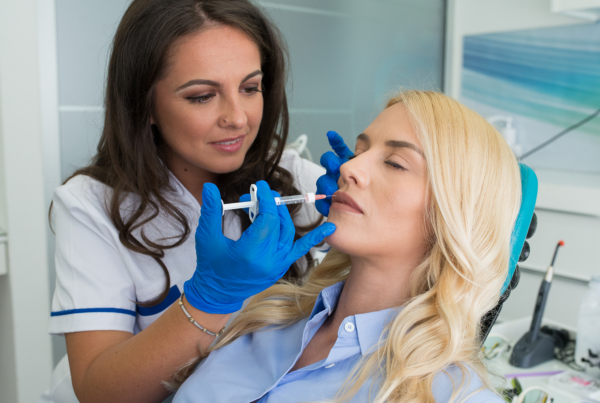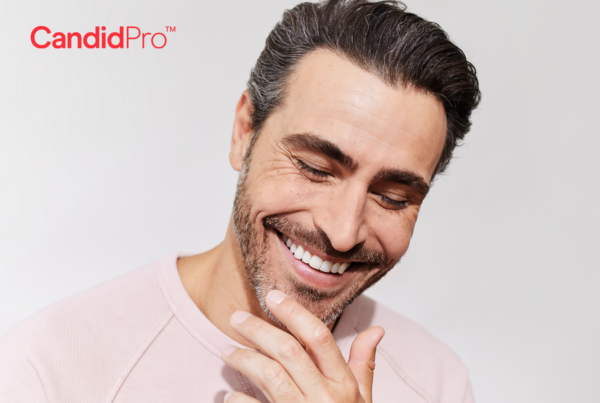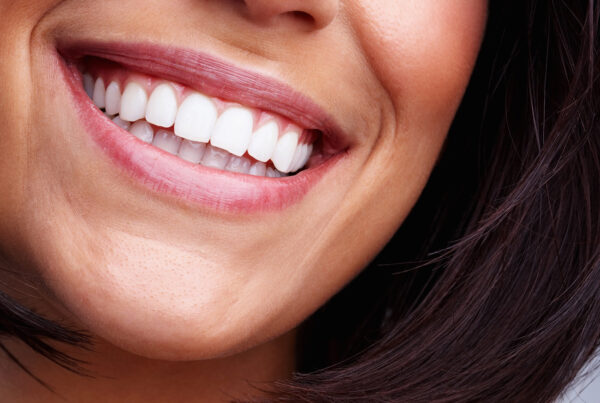Botox is mainly used to clear wrinkles and funny lines on the skin for cosmetic purposes. It’s derived from botulinum toxin and has a long-standing use for many dental treatments.
The use of Botox in dentistry is growing significantly due to its minimally invasive nature. It’s used to treat dental issues like temporomandibular joint disorder, high lip lines and Bruxism.
Keep reading to learn how Botox treatment is applied in dental practice.
Common Uses of Botox in Dental Treatments
Edentulous patients with repositioned lip muscles due to lowered vertical dimensions need Botox treatment to help restrain and relax the lips muscles. Dentures are ineffective in making the transition, so Botox is preferred.
High lip line patients benefit from Botox to achieve an aesthetically pleasing smile. This is the most popular use of Botox, as the treatment offers immediate results and it’s less painful.
Muscle hypersensitivity is a common occurrence in patients with temporomandibular joint disorders. Dental professionals use Botox to treat muscle hypertrophy because it relieves sharp pain by relaxing the muscles. Bruxism, which happens due to excessive muscle contraction, is also managed with Botox.
Why is Botox becoming more popular in dentistry?
The Food and Drug Administration (FDA) initially approved Botox for use in the alignment of the eyes and management of involuntary tight closure of the eyelids. However, when cosmetic Botox was introduced, research was conducted leading to more advancements and interesting findings.
It was established that Botox has a promising outcome for the dental community. Since it’s a less invasive treatment option, most dental professionals can use it to control muscle-generated dental diseases like masseter hypertrophy, Bruxism, temporomandibular joint disorders and clenching.
Over time, Botox treatment has shown excellent and satisfactory results in managing various dental conditions. Therefore, it has been adopted and taken a step further to treat aesthetic or functional dental conditions such as nasolabial folds, high lip lines and radial lip lines.
Botox Myths: What You Need to Know
Despite the widespread success of Botox over the past few years, there are still a lot of misconceptions surrounding its use in the dental field. Here are some of the common myths about Botox and related facts:
- Myth: Botox injection can freeze your face
Fact: It’s not true that you won’t be able to make facial expressions after taking a Botox injection. Instead, it will make your facial muscles relax, allowing a whole-range facial expressions.
- Myth: Botox treatment is only effective in line removal
Fact: Botox is more effective in removing lines and clearing facial wrinkles. In addition, the treatment option is beneficial to your eyes and teeth. It’s used to treat TMJ conditions, hyperhidrosis, neck pain and migraines.
- Myth: Botox treatment is painful
Fact: Botox injection feels like a slight pinch. Again, Botox is applied after the topical anesthetic to lower pain levels and keep the patient calm.
- Myth: Botox injection worsen facial wrinkles
Fact: Instead of worsening the facial wrinkles, Botox treatment, on the contrary, will make your face appear younger.
- Myth: Botox injections are toxic
Fact: The FDA can’t approve a substance that is toxic to humans. Botox has been used for more than 20 years and is reported in long-stand safety reports.
Finding a Dentist Trained in Using Botox
According to the Journal of International Oral Health review, Botox is widely used to correct many dental conditions. For dental professionals to administer Botox, a comprehensive treatment plan should be made and the practice maintained within the scope of dentistry and the state’s laws on Botox treatment should also be followed. Finally, choose a trained dentist with proper knowledge of administering Botox injections.







